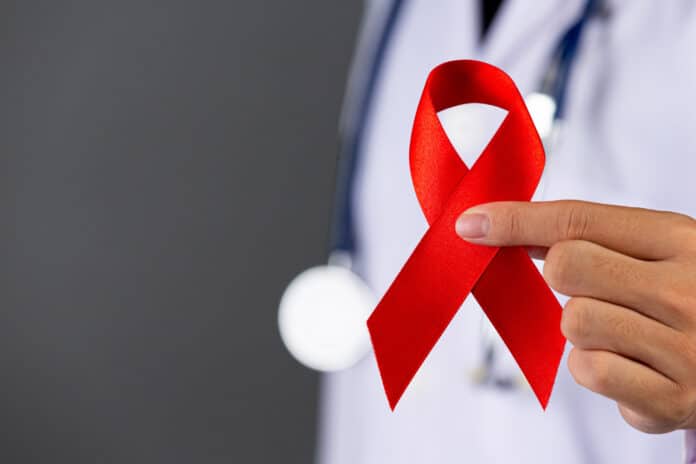HIV, which causes acquired immunodeficiency syndrome (AIDS), has grown exponentially and remains a significant public health concern in Africa. As compared to other regions, the HIV epidemic has disproportionately impacted Africa. Over 25.3 million of the estimated 37.7 million HIV-positive people in the world as of 2020 are in Africa.
HIV literature has grown exponentially since it was named. This growth is reflective of the increase in the number of HIV infections. Bibliometric analysis is a practical approach for quantitatively and qualitatively assessing scientific research. A new study- published in PLOS Global Public Health- aims to describe HIV research output in Africa by country from 1986 until 2020.
Scientists searched the PubMed database in June 2021 for 35 years spanning 1986 to 2020. They wanted to obtain the HIV research output by volume of each African country. The search was conducted by specifying the search parameters: search terms, place, and year of publication.
83,527 articles on HIV indexed in PubMed between 1986 and 2020 were included for analysis. Countries in East Africa accounted for 39% of the total indexed publications, followed closely by countries in Southern Africa, with 36% of the total indexed publications. Countries in these two regions and countries in West Africa (16%) collectively account for 90% of all indexed publications on HIV.
Scientists comparatively weighed countries’ populations, gross domestic product (GDP), and the number of persons living with HIV (PLHIV) by calculating the ratio of the number of publications from each country. Next, scientists used Poisson regression models to explore the publication output time trends over the study period.
Using Pearson correlation analysis, scientists determined the link between research output and population size, research output and GDP, research output, and the number of PLHIV.
Within each sub-region, Uganda (22%), Cameroon (37%), Western Sahara (31%), the Republic of South Africa (89%), and Nigeria (33%) represent countries with the highest number of indexed articles in Eastern, Middle, Northern, Southern, and Western Africa, respectively.
In comparison, 23 lower-middle-income countries (LMICs) and 25 low-income countries (LICs) had 33% and 31% of total indexed publications, respectively. The only high-income country (HIC) on the list (Seychelles Island) had just 20 indexed publications over the study period.
2020 had the most research output, with 7,310 indexed articles, as opposed to the first year (1986), with the least research output at 188 indexed articles. It was striking to note that Africa’s proportion of the world’s total HIV publications rose from 5.1% in 1986 to a record high of 31.3% in 2020, with Africa’s lowest proportions in 1986 (5.1%), 1988 (5.2%), 1987 (5.3%) and 1989 (5.3 %).
Scientists noted, “Africa’s contribution to global HIV research output increased over the 35 years, but it remains relatively low compared to the continent’s burden of HIV infections.”
The results also showed significant variations in research output among African sub-regions, with the Republic of South Africa having the highest output. Economic power, illness epidemiology, and population size were all linked to HIV research output. These results align with the ‘burden of disease’ approach to research priorities and align with findings in studies by other researchers across different countries and specializations.
Journal Reference:
- Ijaiya MA, Olowu A, Oguntade HA, Anjorin S, Uthman OA (2023) HIV research output in African Countries between 1986–2020. PLOS Glob Public Health 3(6): e0000544. DOI: 10.1371/journal. pg.0000544
